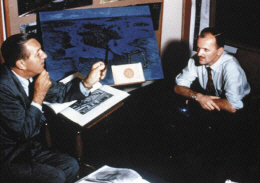 |
| The page from The Daily Mirror |
This report is taken from The Daily Mirror dated 17th February 1953. We have seen various pictures taken on the day of Joan Rice's wedding, but this article gives us a fascinating glimpse of Joan's 'big day.'
It reads:
A girl cried at Joan's wedding
"The wedding was over and police had to hold back the crowds that pressed around film star Joan Rice, 23, and film salesman David Green, 19, as they left Maidenhead (Berks), register office.
Cars took the guests to the reception at the home of Joan's new father-in-law, American comedian Harry Green at Maidenhead (Berks). Joan's twenty-one-year-old sister Roma was there - so were her aunt and a niece from Birmingham.
Head Bowed
The crowds left and the road was empty. Empty except for a schoolgirl who leaned on the railings opposite the register office. Her head was bowed. She was sobbing.
Big tears came from the eyes as the girl, Gillian Rice, 14, told me; 'I'm Joan's sister. I couldn't get through the crowd."
I took Gillian to the reception; "a nice lady in the house" lent her a frock, and she joined the rest of the guests.
In her Arms
Joan put her arms around Gillian and Gillian's eyes filled with happy tears.
She said; "The last time I saw Joan was just before she went to the Fiji Islands last year to make a film."
A Daily Mirror reporter."
***
This site is dedicated to the memory of Joan Rice (1930-1997) and has over 82 pages filled with information about her life and career. Just click here to read more.
If you have any memories about Joan Rice that you would like to share please get in touch at disneysrobin@googlemail.com.


































